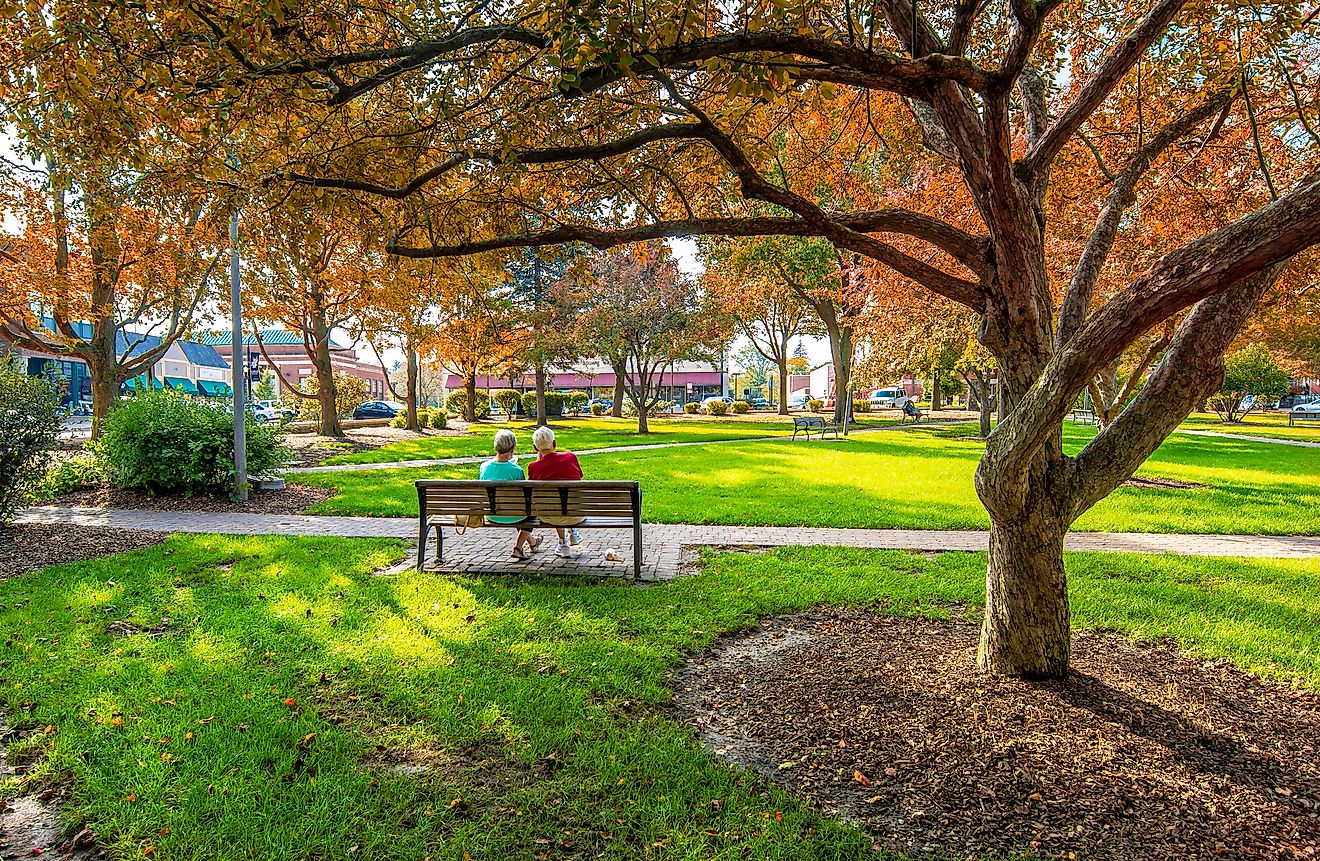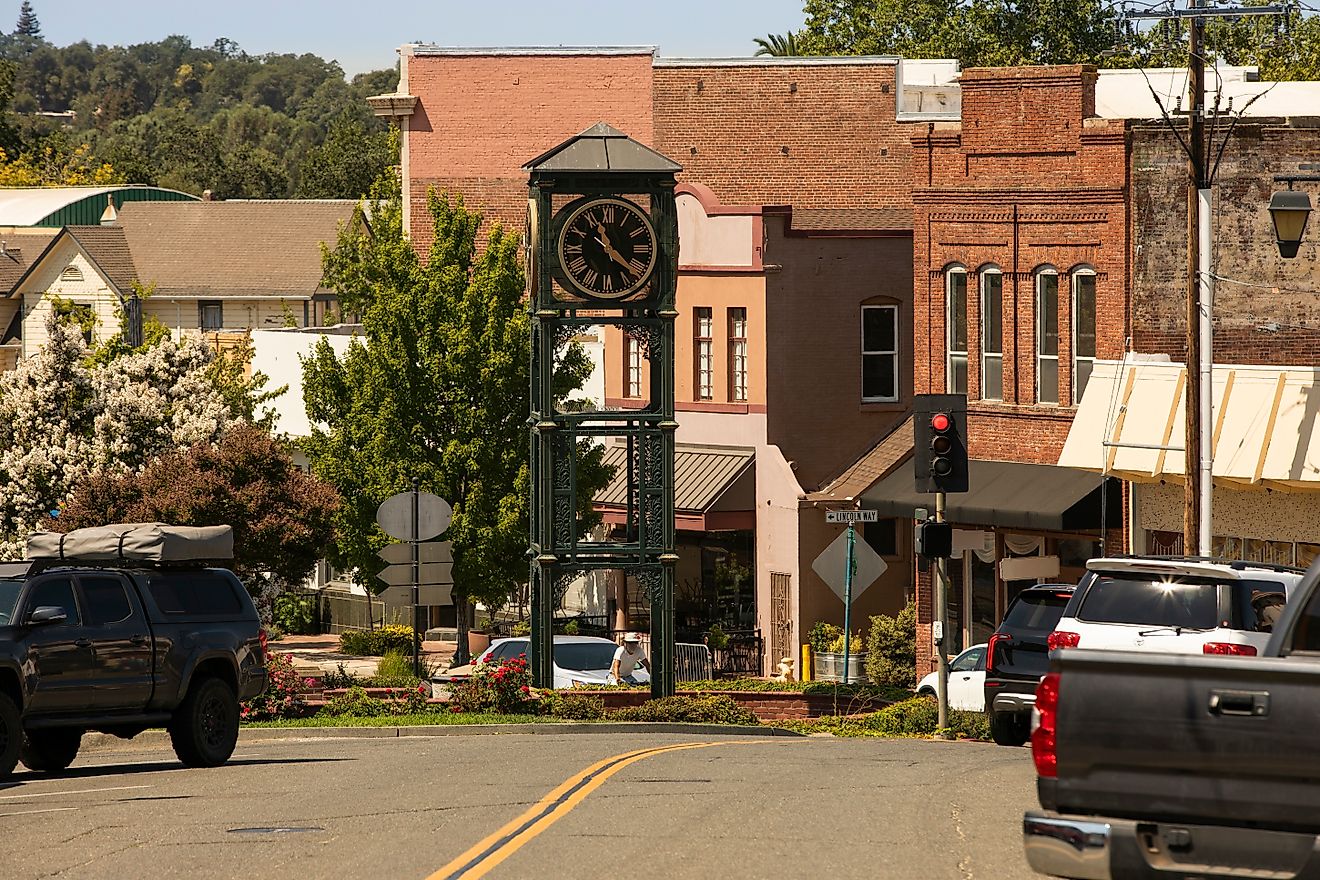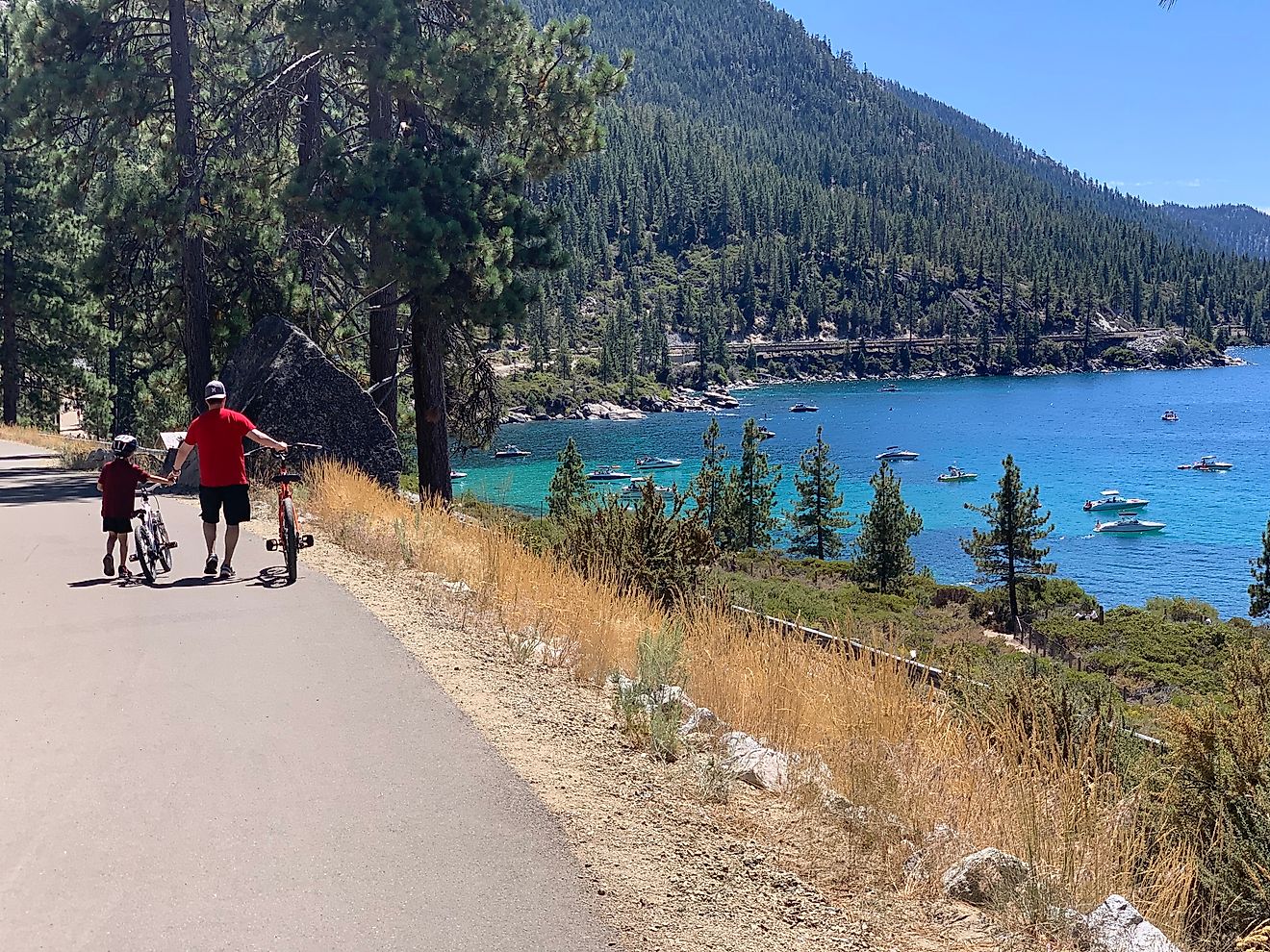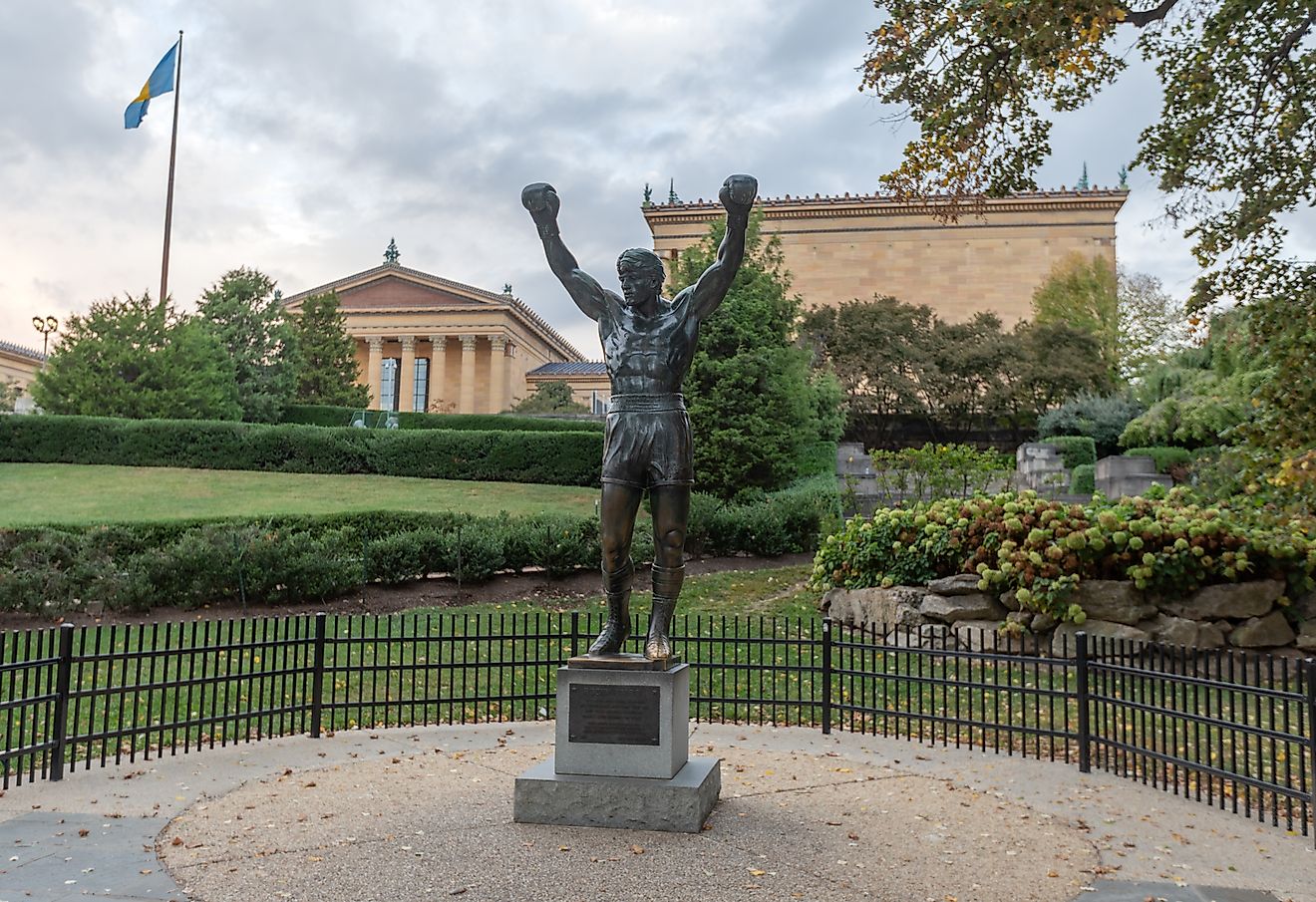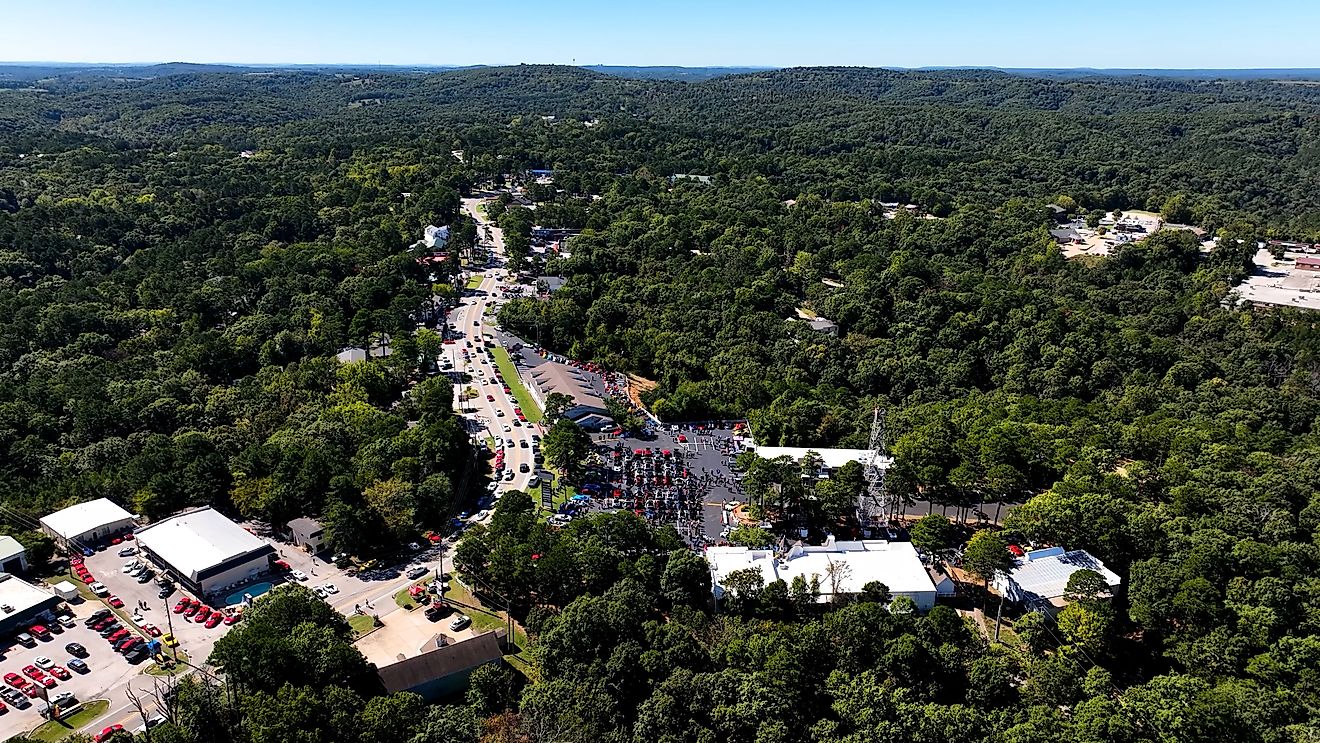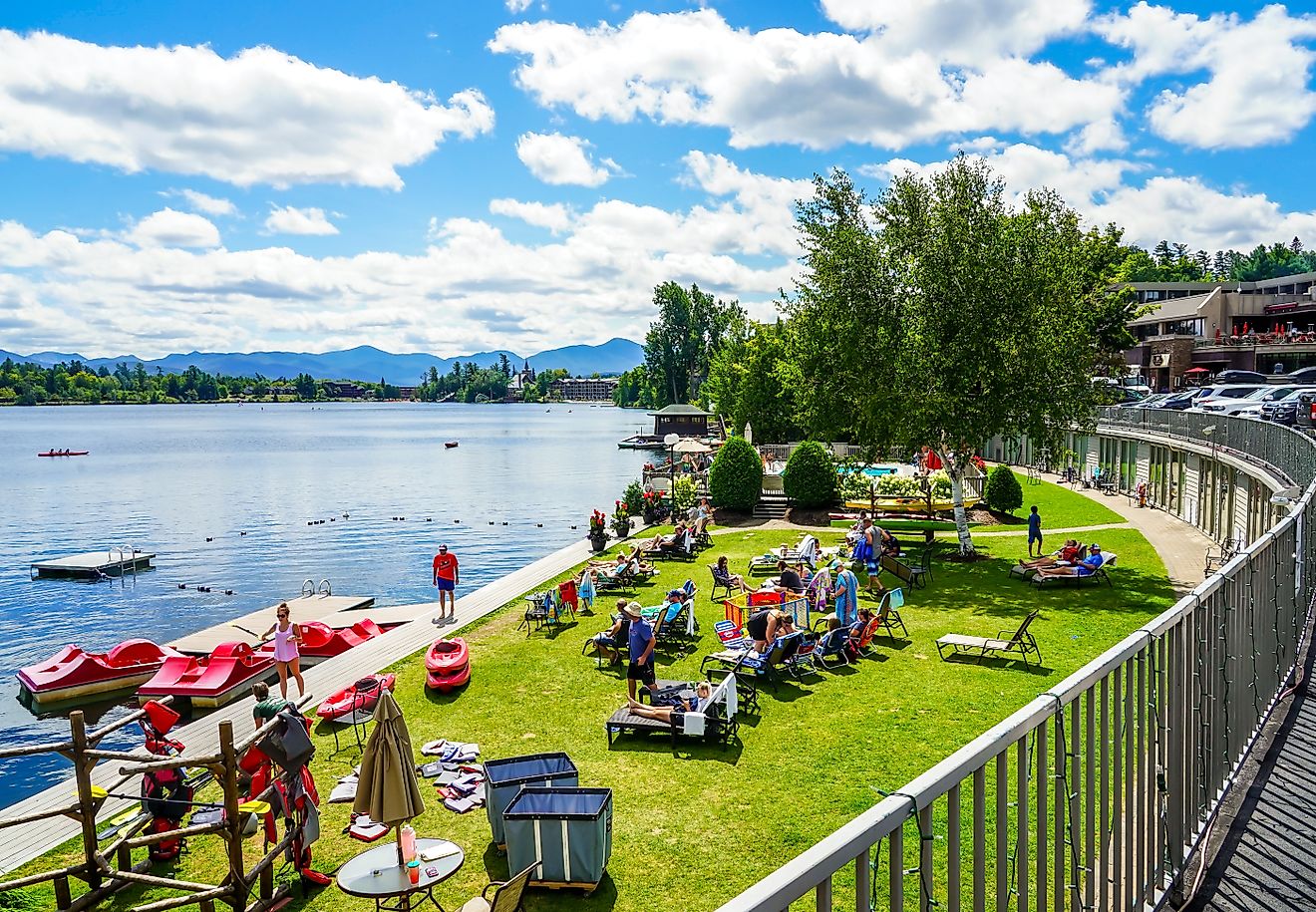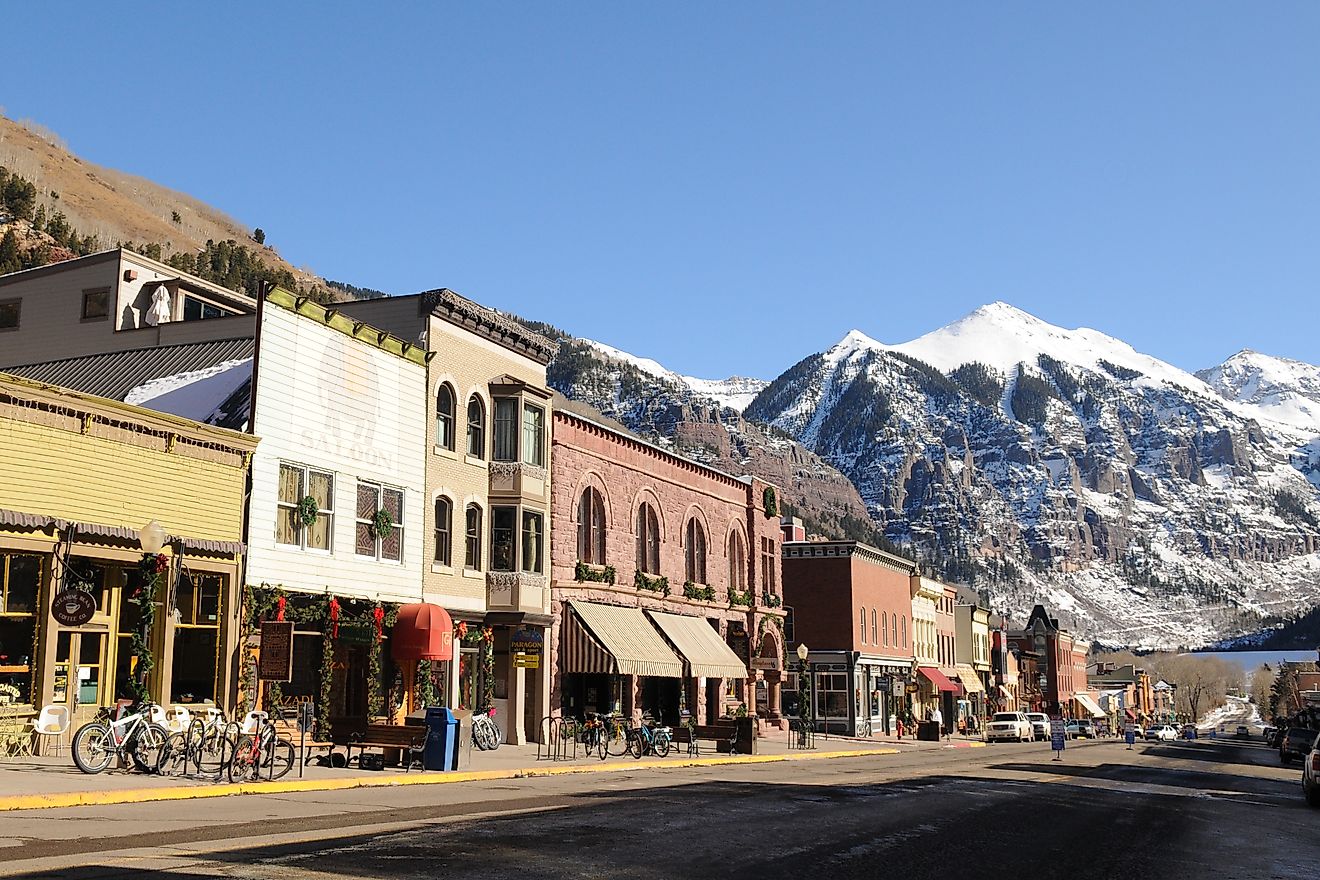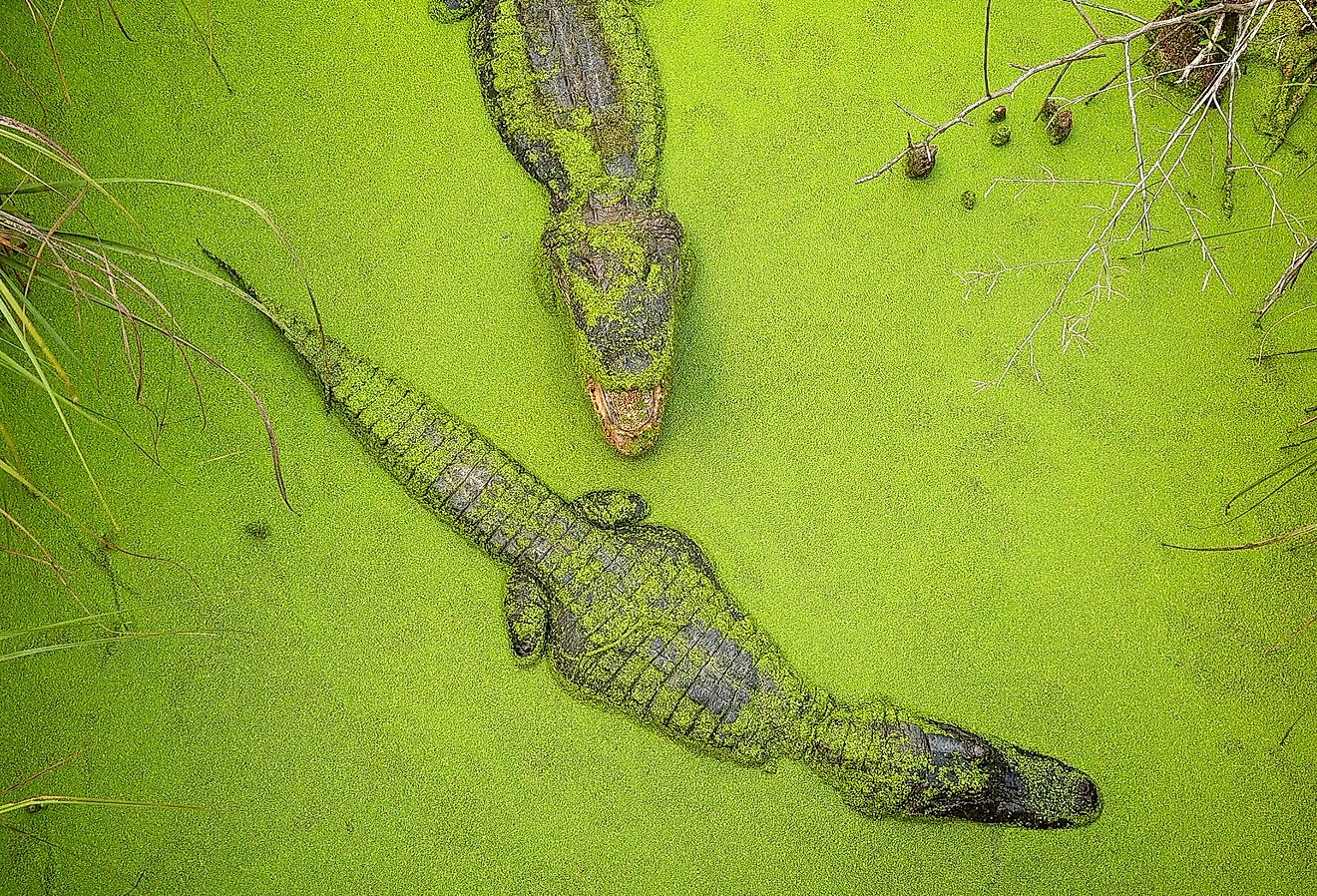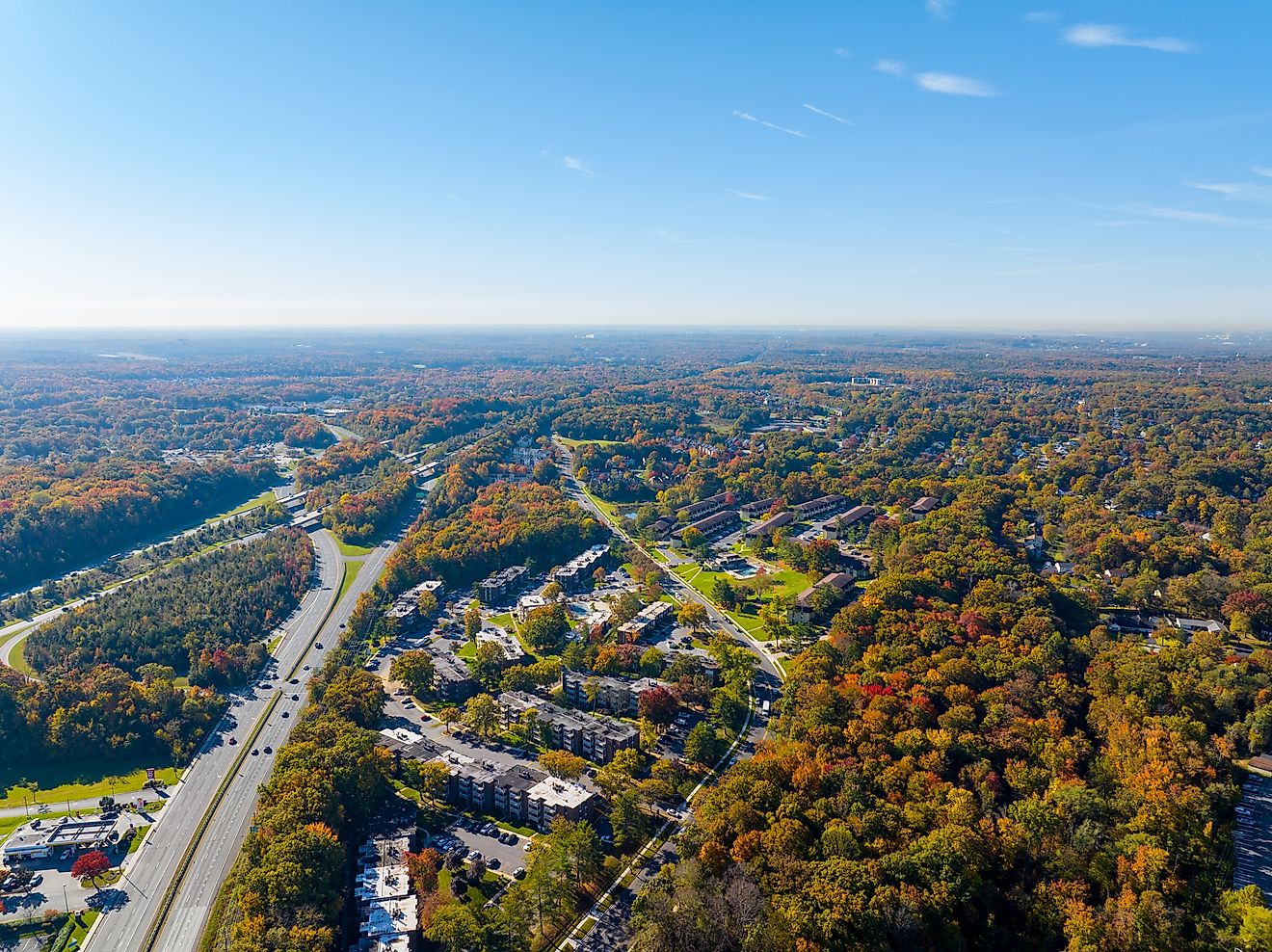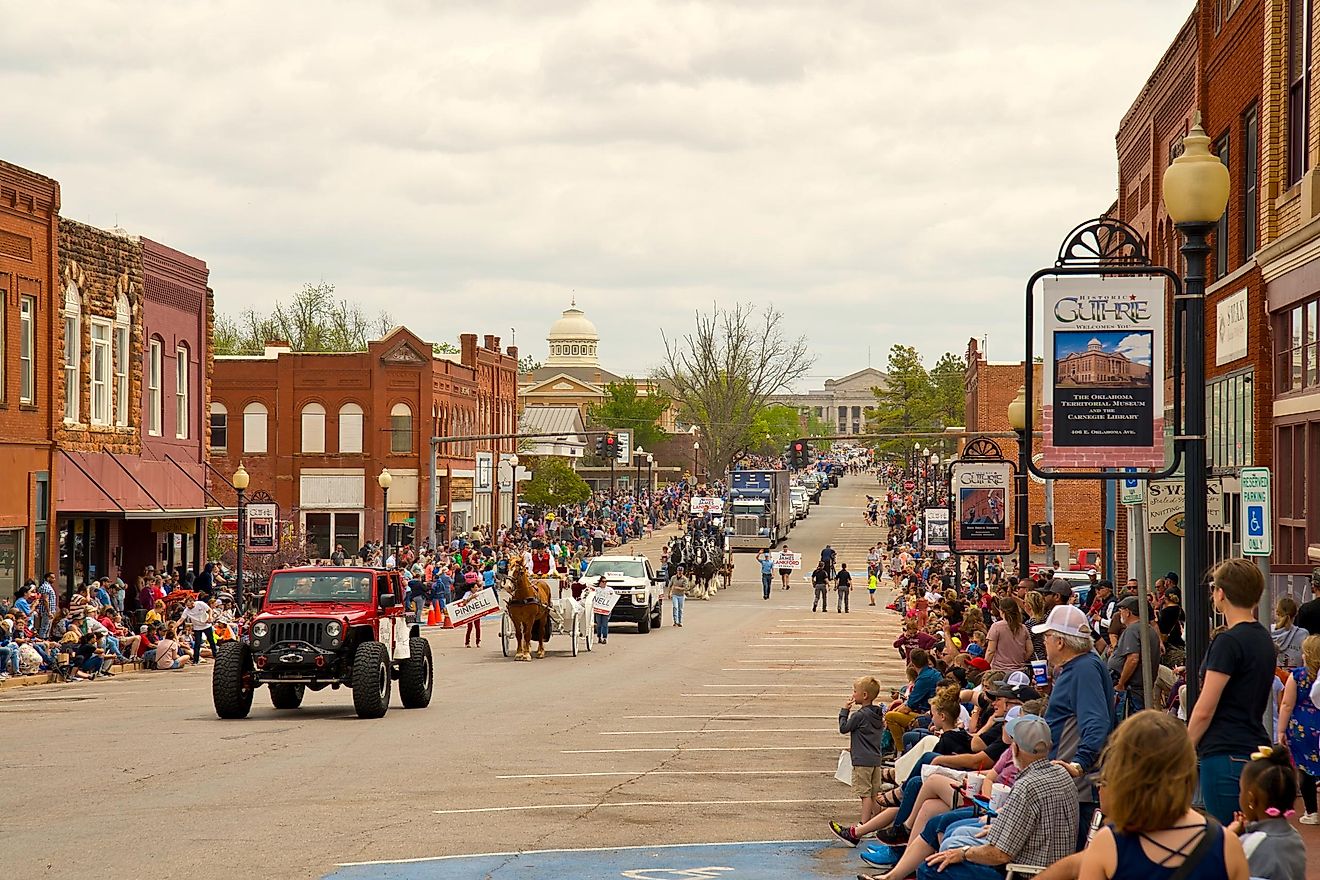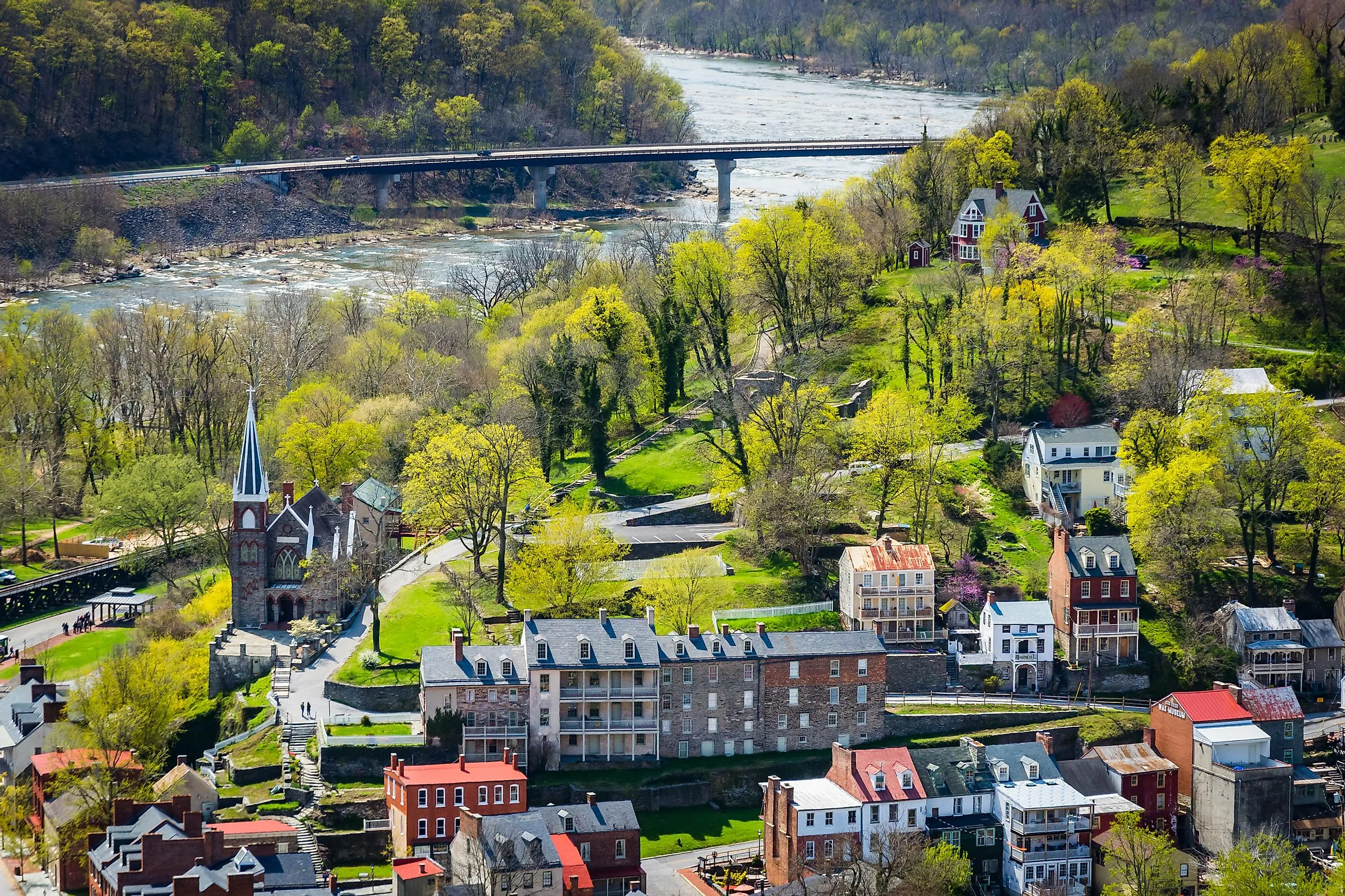
Harpers Ferry, West Virginia
Harpers Ferry is a small historic town situated in the lower Shenandoah Valley, in Jefferson County, in the eastern panhandle of the US State of West Virginia. Harpers Ferry is West Virginia’s easternmost town and has often been referred to as “the best strategic point in the whole South.” At present, Harpers Ferry is a peaceful residential village and serves as the headquarters of a resort area that also includes Harpers Ferry National Historical Park. Tourism is currently a significant economic activity in the town of Harpers Ferry.
Geography Of Harpers Ferry
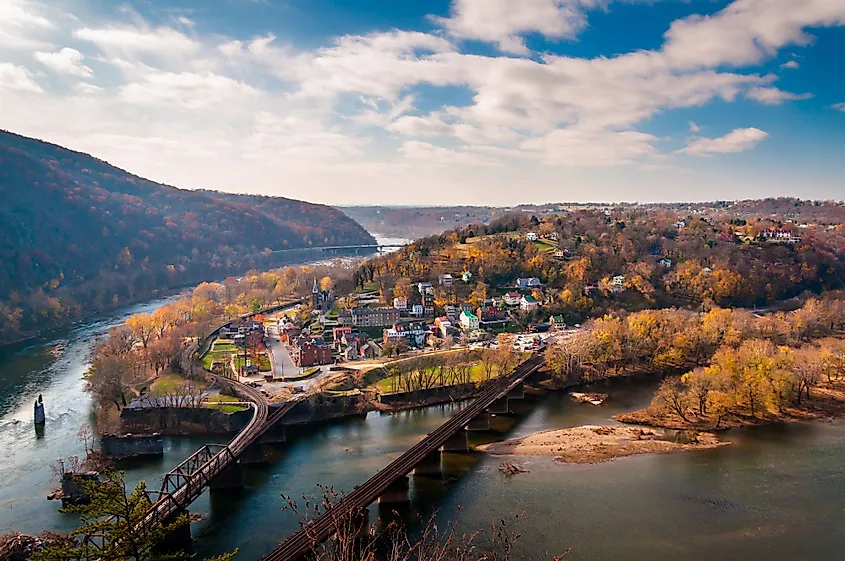
The historic town of Harpers Ferry covers a total area of only 1.58 sq. km, of which 0.21 sq. km is occupied by water and 1.37 sq. km is occupied by land. The town is located at the meeting point of the Shenandoah and Potomac Rivers in the Blue Ridge Mountains, where the three US States: Maryland, West Virginia, and Virginia, converge. The lower section of the town is located on a floodplain that the two rivers have formed. This section of the town forms a part of the Harpers Ferry National Historical Park, which covers an area of 14.814 sq. km and includes portions in Jefferson County (West Virginia), Loudoun County (Virginia), and Washington County (Maryland).
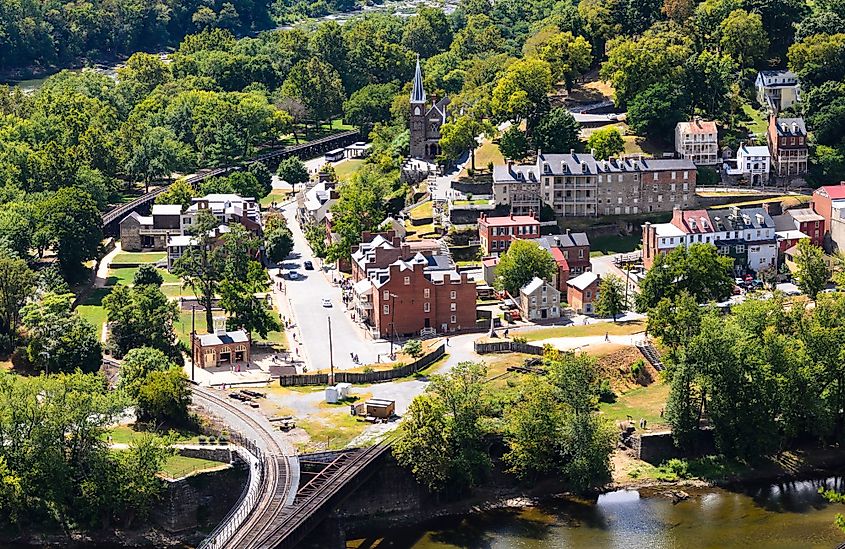
The remaining portion of the town that is situated at an elevated position forms a part of the Harpers Ferry Historic District. The historic district includes parts of the central town and numerous 19th-century houses constructed by the Federal Government. The St. Peter’s Roman Catholic Church and the B&O Railroad Potomac River Crossing are the other two historic properties located close to the town of Harpers Ferry. The strategic location of the town makes it an important transportation hub. The 3,500km long Appalachian National Scenic Trail passes right through the center of the town, whereas the U.S. Route 340 is the only major highway that provides access to Harpers Ferry. The historic town of Harpers Ferry offers several outdoor recreational activities for the visitors, including mountain biking, rock-climbing, white-water rafting, hiking, kayaking, canoeing, zip-lining, etc. According to the Köppen climate classification, the town of Harpers Ferry experiences a humid subtropical climate, with hot, humid summers and mild to cool winters. The town receives an average of 20.7 inches of snowfall annually.
Population Of Harpers Ferry
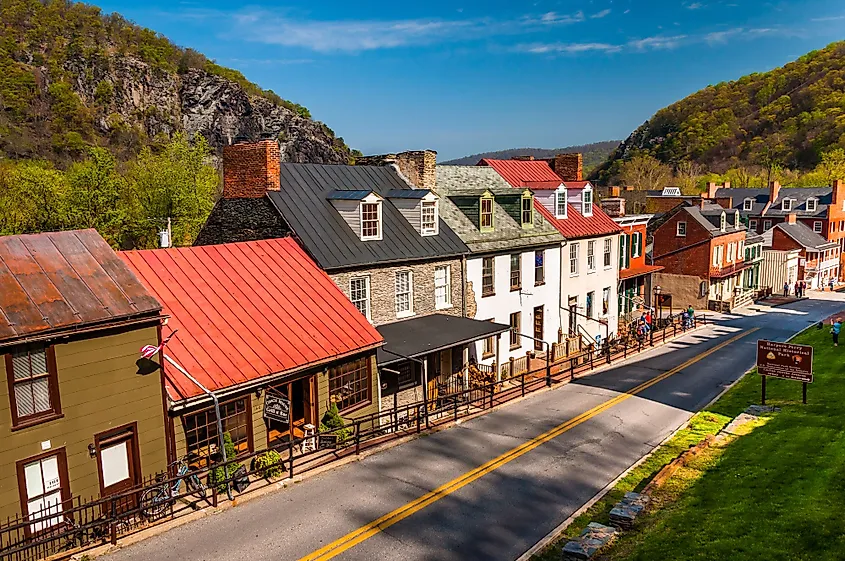
As per the 2010 US census, about 286 people live in the town of Harpers Ferry. The town’s population has decreased from the 2000 census, which showed that Harpers Ferry was home to about 307 people. The town’s population density is 208.3 inhabitants per sq. km. About 94% of the town’s population is considered White, African Americans at 4%, Native Americans at 1%, the Hispanic group at 1%, and two or more cases at 1%. The census also revealed that there are 131 households, 175 housing units, and 78 families in the town of Harpers Ferry.
Brief History Of Harpers Ferry
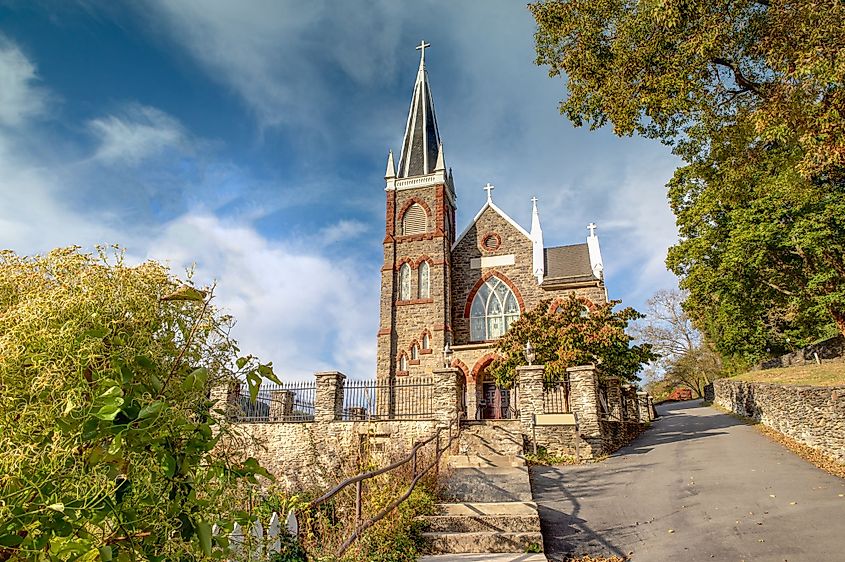
In 1733, a squatter named Peter Stephens had initially settled on the land close to “The Point”, at the confluence of the Potomac and the Shenandoah Rivers. In 1747, a builder named Robert Harper was requested by a group of Quakers to construct a meeting house in the Shenandoah Valley. Robert Harper bought Stephen’s land and established a grist mill on Shenandoah and a ferry across the Potomac. In 1751, Robert Harper purchased 0.51 sq. km of land from the original owner Lord Fairfax. The town of “Shenandoah Falls at Mr. Harpers Ferry” was established by the Virginia General Assembly in 1763. Thomas Jefferson visited the town on October 25, 1783, and greatly admired the scenic grandeur of the area. In 1785, George Washington proposed the construction of bypass canals along the river past Harpers Ferry. The Federal Government purchased 0.5 sq. km of land from the heirs of Harper in 1796. Being already familiar with the area, George Washington proposed Harpers Ferry to be a location for the United States Armory and Arsenal, the construction of which began in 1799. In due course, the town developed as an important center for producing rifles, pistols, muskets, and the armory became the first place in the world where interchangeable parts in firearms were manufactured. In the later years, the arrival of the Chesapeake and Ohio Canal and the Baltimore and Ohio Railroad transformed the town into a commercial hub.
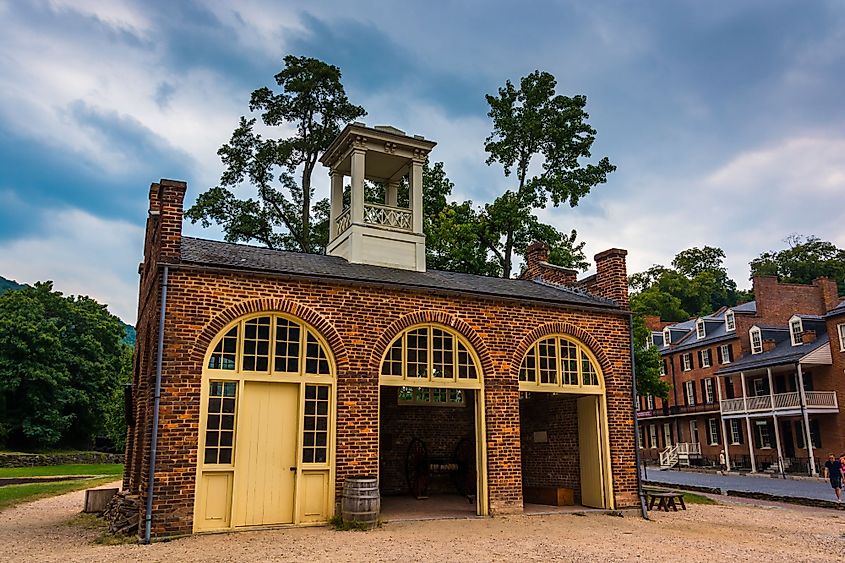
On October 16-18, 1859, the federal armory and arsenal at Harpers Ferry was raided by an armed group of abolitionists led by John Brown. After the American Civil War began, the town of Harpers Ferry was repeatedly under attack by both the Confederate and the Union forces. Throughout the war, the town suffered greatly and lost its industrial base. After the war, the Freewill Baptist missionaries opened a freedman’s school on Camp Hill. By the end of the 19th century, the town became a summer retreat for the residents of Washington and Baltimore. The Harpers Ferry National Historical Park, which includes the historic center of town, was initially established as a National Monument in 1944 and later redesignated as a National Historical Park on May 29, 1963.
